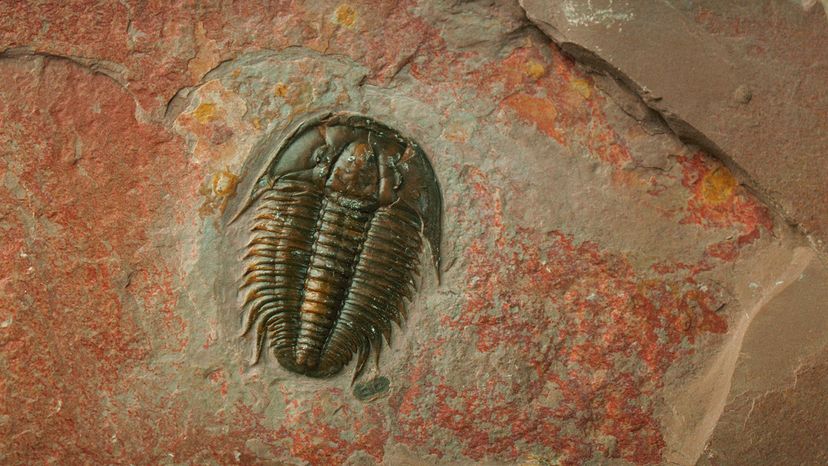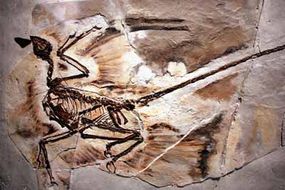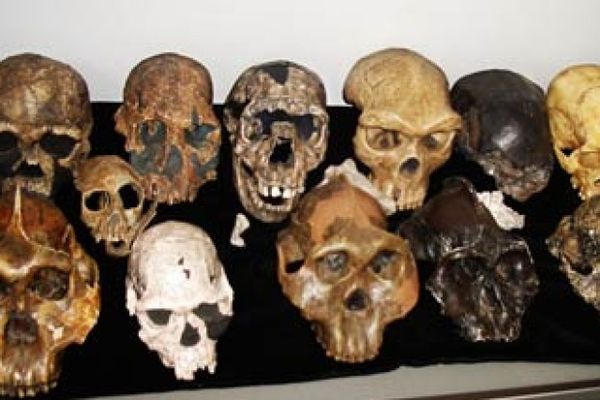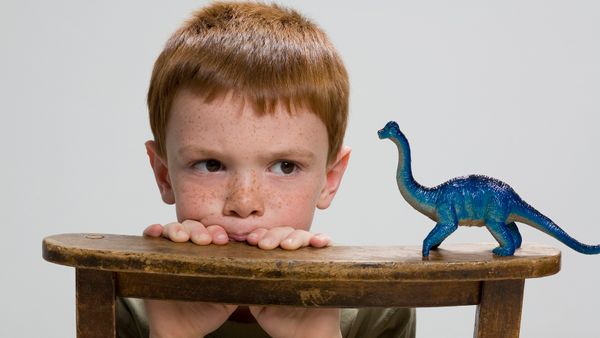
The term fossil describes a wide range of natural artifacts. Generally speaking, a fossil is any evidence of past plant or animal life preserved in the material of the Earth's crust.
But when most people talk about fossils, they mean a specific subsection of this group — fossils in which the shape of the animal or plant has been preserved, while the actual organic matter of its body is gone. So, how do fossils form, and what can they tell us about Earth's ancient history?
Advertisement


